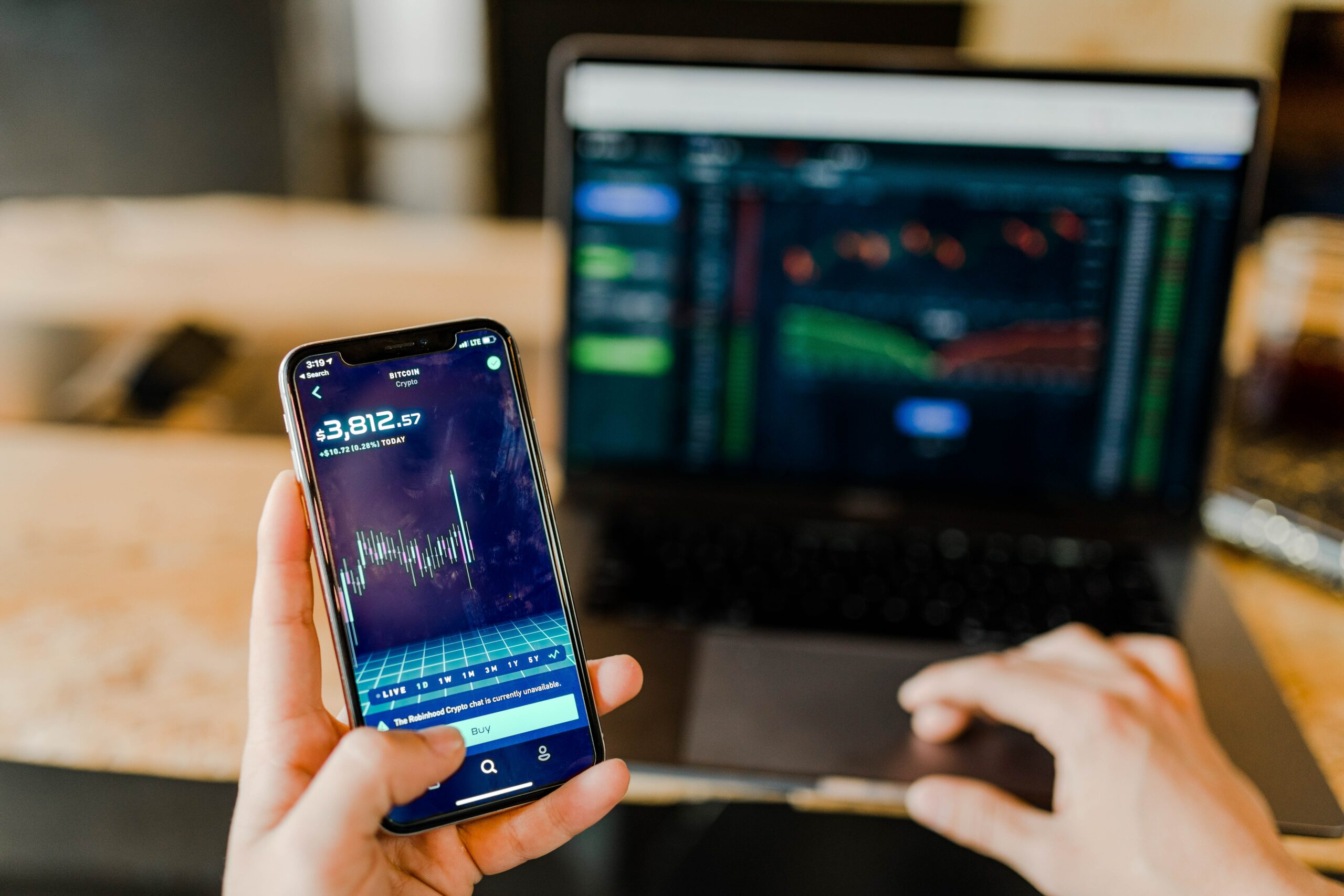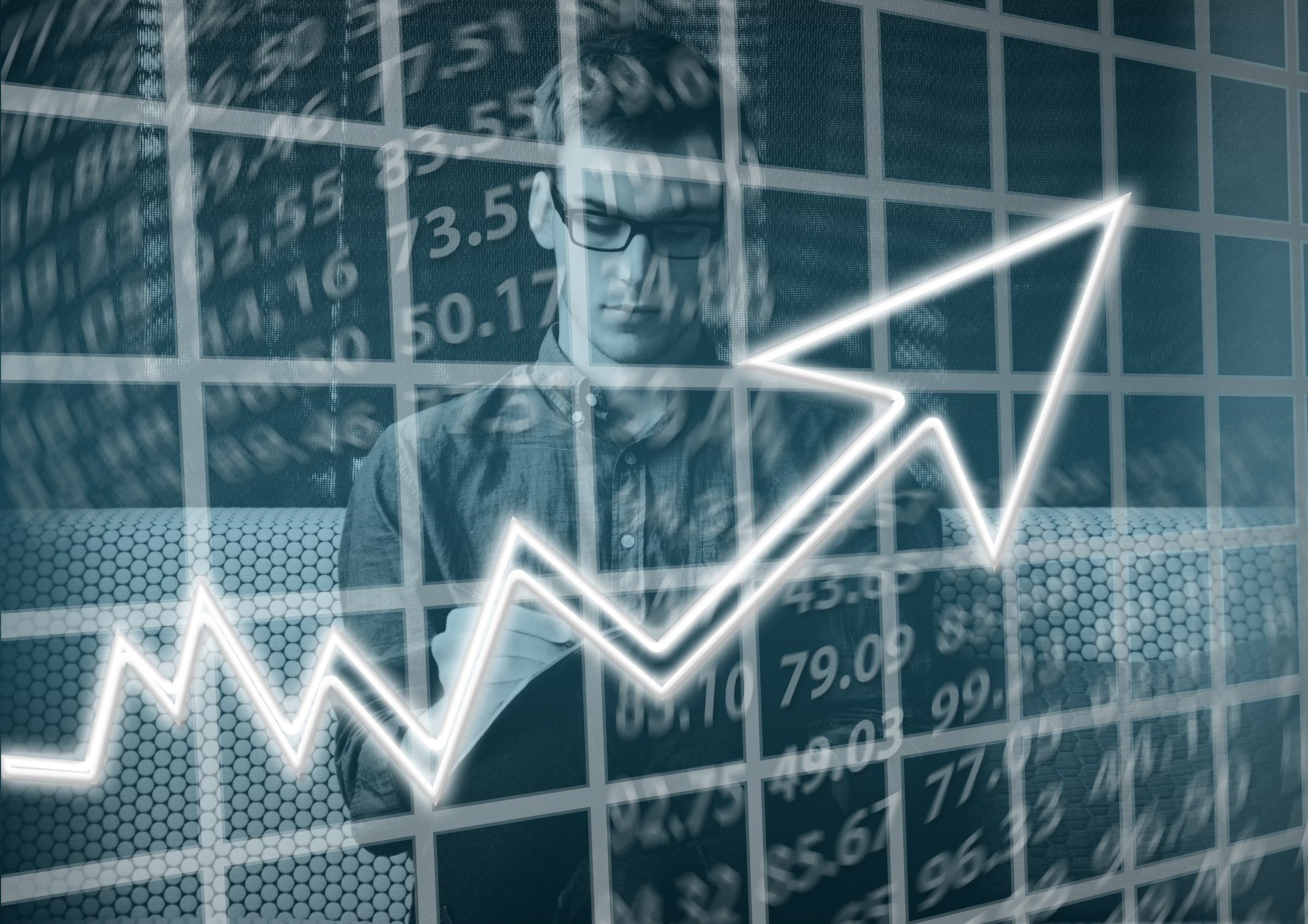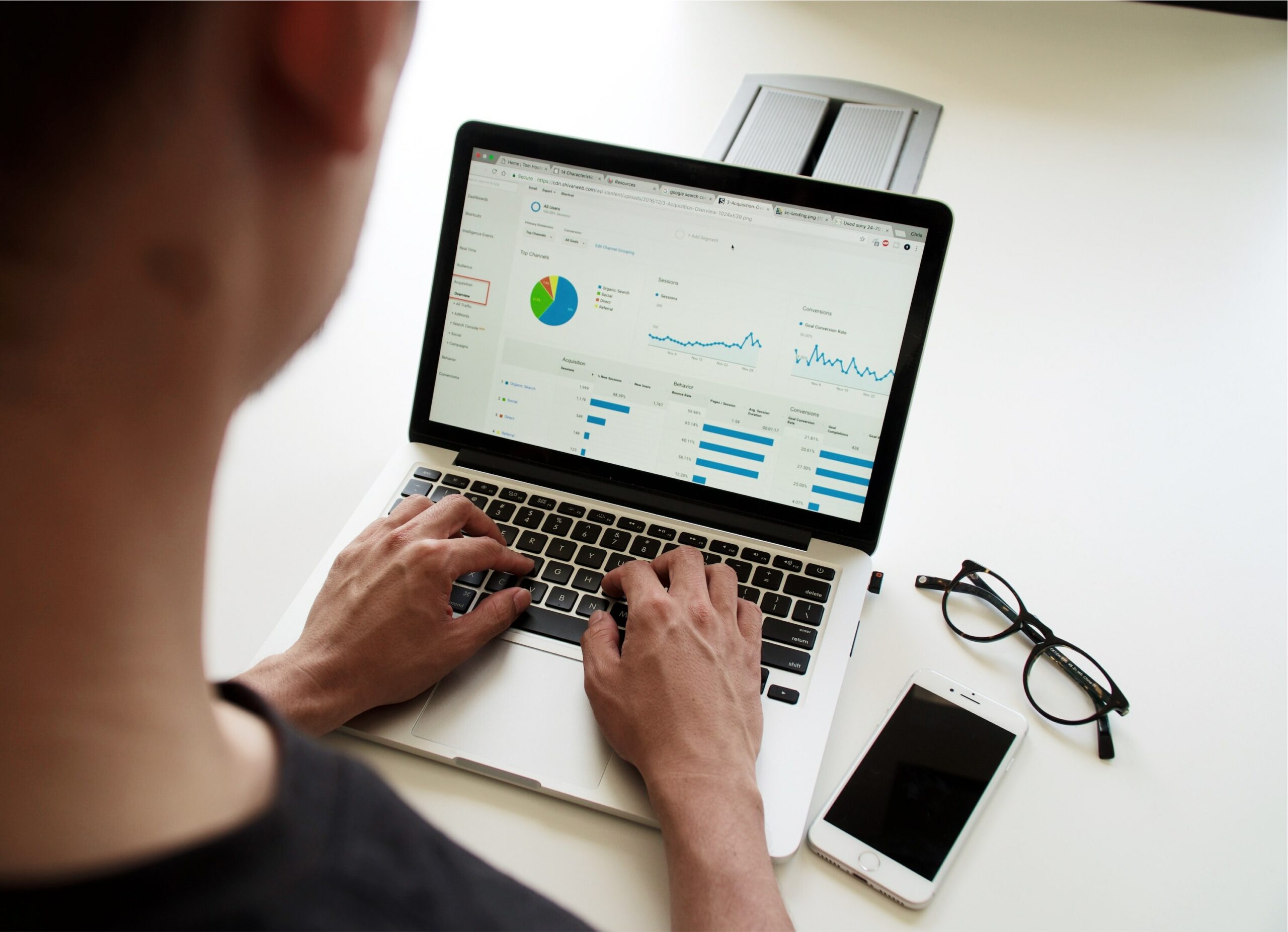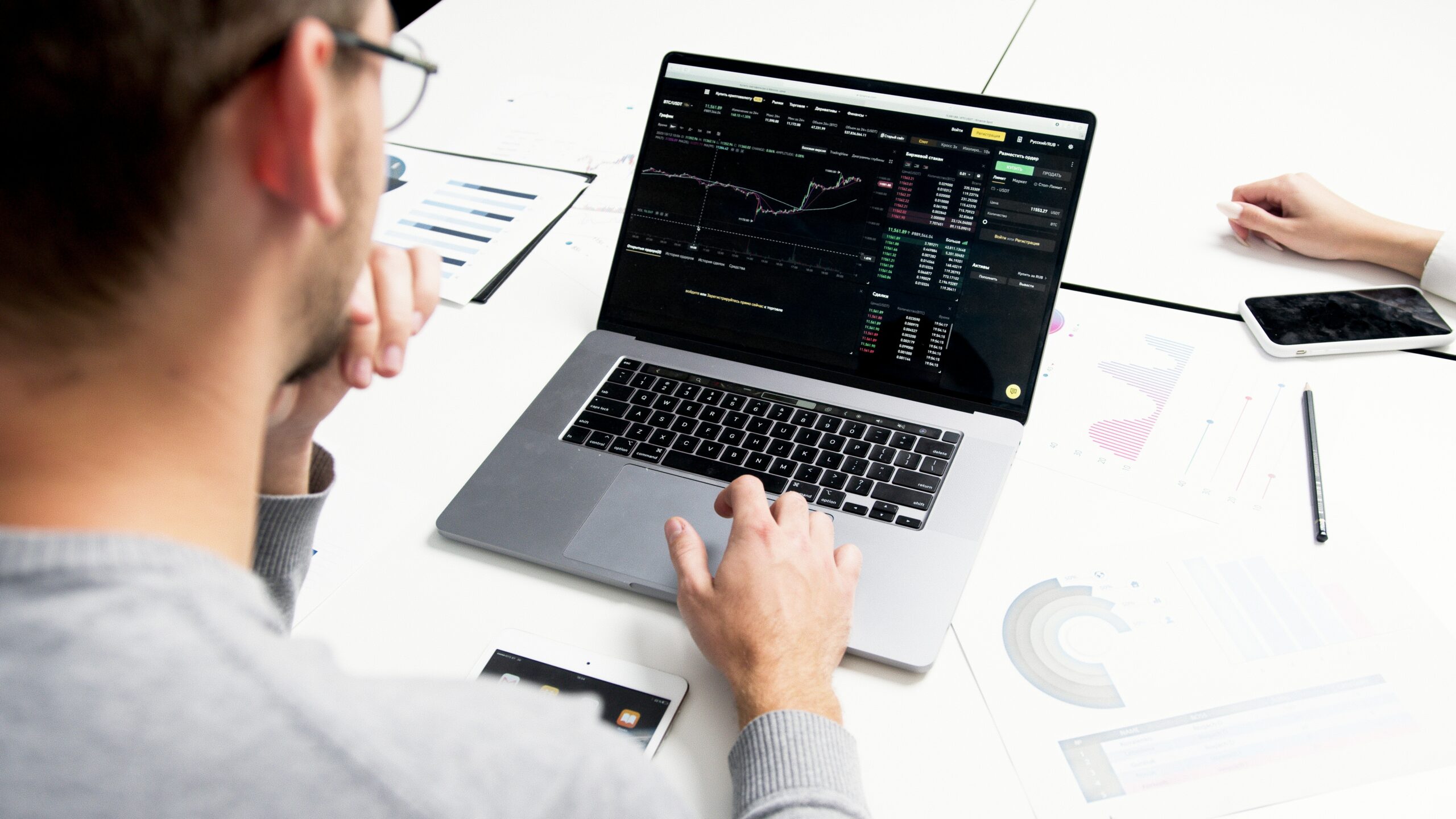Trade Technical analysis is predicated on the notion that past market movements are subject to repeat. As a result, traders look for price patterns that can predict future market movements to make predictions. The use of Trade technical analysis to predict where the price will move next may be observed on a forex chart with many lines and waves.

Learn how to read trade charts by doing the following:
Declining moving averages suggest future losses for the currency pair because they indicate a downward trend. Depending on your needs, you can use these indicators on your own or in combination with others.
Moving averages, for example, typically include the average closing prices for a given period in their calculations. It is to make use of several different analytical instruments.
Trade Technical analysis can be carried out using a wide range of tools. Of all the technical analysis methods, inflection points are the simplest to understand and implement.
This may include both support and resistance levels, with support indicating a level from which the price may climb and resistance indicating a level at which it may fall. Japanese candlestick formations, chart patterns, and technical indicators are just a few examples of what can be found in the financial markets today.
Price activity in the past and psychological levels might help identify areas of support and resistance. The most recent lows in an upward trend is in price activity.
A trend line, which connects the most recent highs in price action in a downward trend, is also included under inflection points. It’s also possible to utilize Fibonacci retracement and extension as a point of inflection to see where the price is likely to reverse course in a continuing trend. When drawing ascending or descending channels, connect the corresponding highs and lows of the chart.

Which Trading Technical Analysis Strategies Make Use of Sentiment Analysis?
Gains and losses in the value of a currency depend on how traders interpret economic data. To help with this, sentiment analysis is used as a solution.
In addition to using technical indicators and crowd psychology, successful forex traders also use fundamental analysis. In most cases, the focus of sentiment analysis is on how the market perceives risk. Higher-yielding currencies may be preferred by traders who want to take on greater risk.
The other option is to place your money in safe currencies and assets like the US dollar or gold when you’re not feeling risky. Assets, since they may be willing to take on greater risk to more significant profits.
Trading Central: A Quick Guide for New Users
Additionally, it is a Registered Investment Adviser with the Securities and Exchange Commission (SEC).As a result, investors rely on Trading Central’s signals to help them plan their trades and learn more about Trade technical analysis in general.
Three Independent Research Providers certify Trading Central as a member. Analytical methods used in forecasting are included in these signals, making them extremely useful.

Which Traders Use MACD and Why?
On the other hand, a difference is shown between the exponential and Moving average Convergence Divergence (MACD) is the acronym for this indicator.
Known as the signal line, this marks points where short or long positions can be taken as the name suggests. In Trade technical analysis, it’s referred to as trend-following since it uses two moving averages to show how an asset’s price is trending.
When Trading using Fundamental Analysis, What Tools Do I Need to Use?
Fundamentals that improve may contribute to currency appreciation, whereas fundamentals that deteriorate may cause currency depreciation. Economic, social, and political elements that may affect currency supply and demand, and thus its value, are considered in fundamental analysis.
The Financial Calendar:
What Am I Missing?
It’s simplest to keep track of market-moving events with a financial calendar. Changes in the GDP of the countries in which you trade currencies, as well as interest rate decisions, are two of the most critical factors.
For example, the Consumer Price Index (CPI), Purchasing Managers’ Index (PMI), and non-farm payroll data are all examples of economic indicators.
Global events might impact the exchange rate of the currency pair if you are trading forex.
Factors of International Politics:
Markets may be affected by geopolitical issues, such as political upheaval or natural disasters. Extreme weather and earthquakes are examples of geo occurrences that could impact a country’s ability to manufacture and transport goods and services.
Conflict, civil instability, and forthcoming elections can all affect the stock market. Global geopolitical events can also affect trade; for example, a politically unstable country may not be a desirable commercial partner.
Until things settle down and fiscal policy is unveiled, political system changes may cause the currency’s value to decline. Wars and natural disasters like tsunamis hurt economic growth and.
The price of restoring the damage caused by these occurrences would be unexpected and would have to be paid out of pocket. The more established markets will be able to withstand the blows better.
These occurrences can be devastating for emerging markets, with consequences that could last for some time. Countries that are more developed tend to recover faster from unforeseen occurrences.

Finding Momentum and Candlestick Patterns:
A trader can identify bullish and bearish markets by looking at Candlestick charts’ continuation and reversal patterns. Find out how to recognize some of the more frequent candlestick patterns. A market’s momentum is the rate at which its price or volume accelerates. Price direction and momentum can be seen in candlestick formations.
Price acceleration could be an extended indication for a trade technical analysis , while price deceleration could be a short signal. Find out how to recognize some of the more frequent candlestick patterns. As an oscillator, it aids in the identification of trend lines by determining how quickly the price rises or falls.

